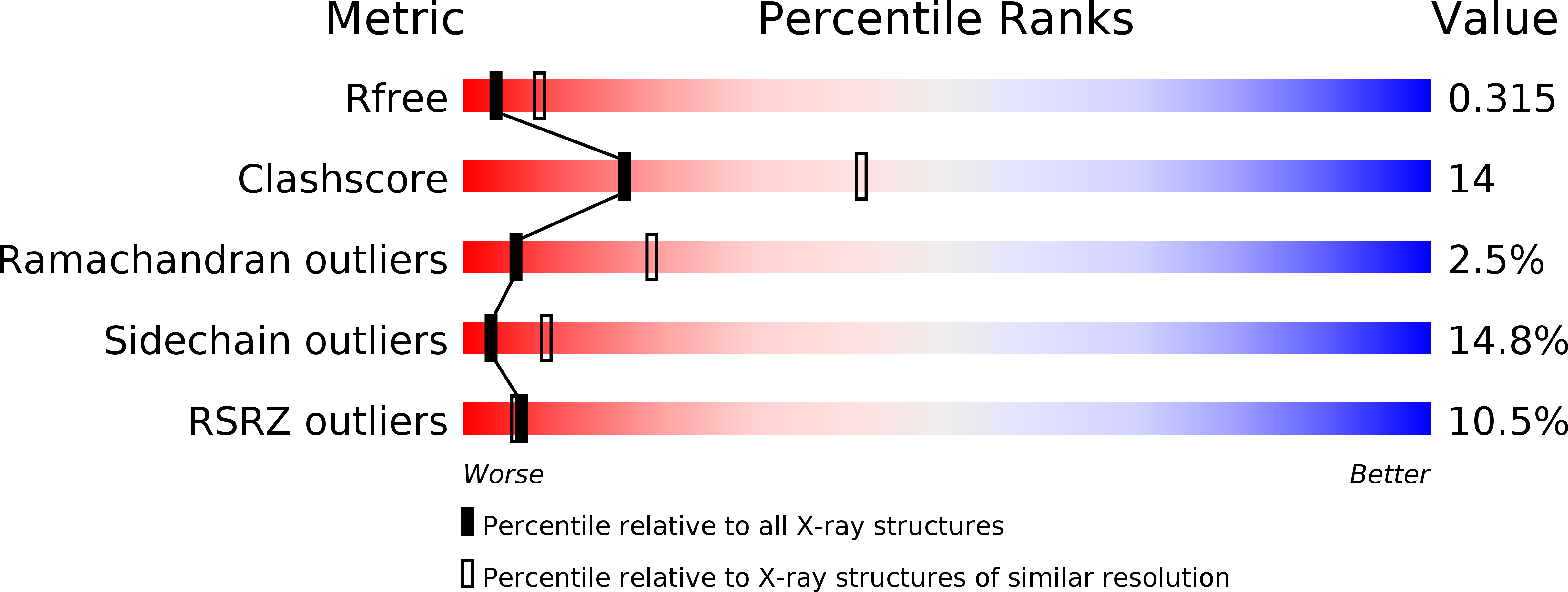
Deposition Date
2015-05-13
Release Date
2016-05-04
Last Version Date
2024-10-23
Entry Detail
PDB ID:
4ZS7
Keywords:
Title:
Structural mimicry of receptor interaction by antagonistic IL-6 antibodies
Biological Source:
Source Organism:
Homo sapiens (Taxon ID: 9606)
Lama glama (Taxon ID: 9844)
Lama glama (Taxon ID: 9844)
Host Organism:
Method Details:
Experimental Method:
Resolution:
2.93 Å
R-Value Free:
0.29
R-Value Work:
0.26
R-Value Observed:
0.26
Space Group:
P 1 2 1


